An emu, an old man, a deer, a tapir and dozens of other constellations fill a sky that, although unfamiliar to you, is unlike ours. Indigenous astronomy preserves the survival of our ancestors, their myths and rituals, by observing the movement of stars above us..
Who has never looked up into the sky and thought about joining the thousands, billions of stars? While for most it was just a distraction or a night game, for ancient people it meant survival.
Mapping the sky has always been a very important measure of time. Knowing the path of the Sun, Moon and stars can predict seasons, planting times and, for some people, the best time to have children. Continue reading learn a little more about indigenous astronomy, some constellations, and the sacred skies of the ancestors.
A Brazilian sky
We are used to reading, studying and learning about astronomy from the Greco-Roman worldview, where gods, demigods and mythological figures fill this dotted sky. This is where imagination plays an important role in recognizing the historical and mythological figures represented in the dot-connecting game..
However, it was not only the Greeks and Romans who traditionally drew important figures in the sky. The study of ethnoastronomy exists in the field of astronomy, where researchers focus on studying and understanding how other people understand and study the sky.
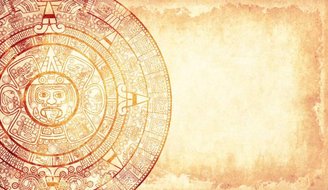
For our indigenous peoples, the sky is the guardian of symbolic figures, with a hall of more than 100 constellations that tell stories, mark the seasons and guide the lives of our country’s indigenous communities.
The first records of this cultural, scientific and technological wealth were recorded by the Capuchin missionary Claude d’Abbeville in 1612. The Frenchman followed and recorded the beliefs and practices of the Tupinambá people of Maranhão regarding the study of the heavens.
More recently, Germano Afonso, a postdoctoral fellow in astronomy, mapped indigenous astronomy with the Tupi-Guarani people across Brazil. If d’Abbeville found 30 constellations, Afonso expanded his discoveries to nearly 100 star clusters.
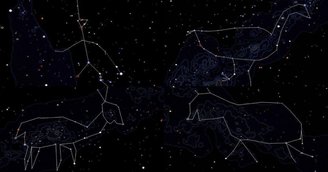
In the indigenous worldview, the sky serves as a fertility calendar, a tool to predict seasons, planting times, and a keeper of myths and stories, all based 100% on the Brazilian sky.
Tapir path and hikers
Instead of the path made by the milk spilled from Juno’s breast According to indigenous astronomy, the Milky Way is called Caminho das Antas. Along this path, four main figures parade throughout the year, bringing in new seasons.
Emma
The emu (Guyra nhandu) brings with it the cold winds of winter. Since we are a country of continental proportions, constellations can take on different representations. For example, if the emu constellation represents the arrival of winter in the southern region, it represents the dry season in the north of the country.
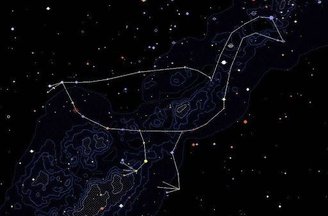
If you want to find this constellation in the sky, just look at the intersection of the constellations Sun Wanderer and Scorpio. Native women calculate the seasons so that their babies are not born under the constellation emu, for fear that their children will not survive the winter.
Northern Tapir
The Northern Tapir or Tapi’i represents the return of the rains for the Northern people and the transition from cold to warm for the Southern people. As the Tapir moves across the sky, spring comes to your feet.
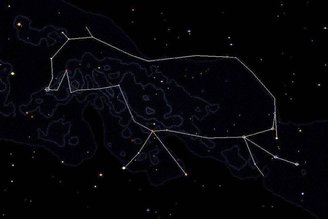
old man
Tuivaé was betrayed by his wife and his leg was cut off. As a gesture of love, the gods decided that the old man would go to heaven. The rise of this constellation in the sky signifies the arrival of summer.
Also read:
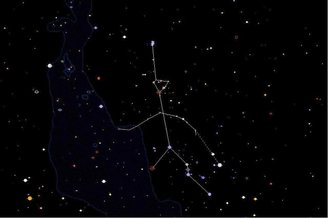
The stars that make up the old man are the same as those that make up the constellations Orion and Taurus, but some of the Taurus stars also make up other minor native constellations such as Tapi’i rainhyaka, Joykexo, and Eixu, the Hyades, Três Marias, and Pleiades respectively.
Deer
Deer or Guaxu represents autumn. In the southern region, the return of cold is announced, while in the north, people are preparing for the dry season. This constellation encompasses the stars in the western constellations of the sail and the southern journey.
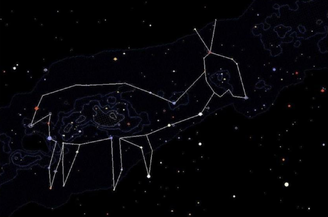
Unlike the Greco-Roman constellations, In domestic astronomy, there is no well-defined number of unique stars that make up these star groups.So the constellations merge as the days and seasons pass, each taking over some of the other’s stars while the Earth continues its natural rotation.
But ancient people were not guided by the night sky alone. They also developed technology to record the path of the Sun during its annual journey. But it is wisdom that may be at risk.
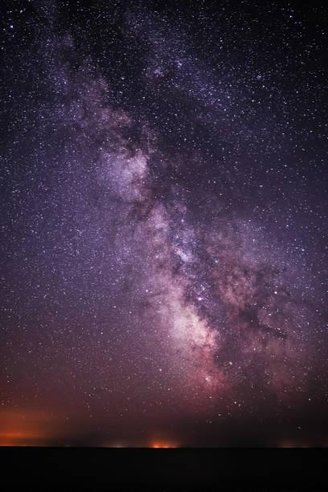
Indigenous traditions are passed down through generations through oral culture, and thus, with the passing of decades and cultural invasion, this knowledge finds itself under threat. Indigenous science, culture and technology have sustained them for centuries, and we hope that these traditions, legends and the astronomical knowledge they developed will never be lost..
Did you know about Native Astronomy? Tell us about it on our social networks and take the opportunity to learn a little more about the Orion constellation. Until next time!
Source: Tec Mundo
I’m Blaine Morgan, an experienced journalist and writer with over 8 years of experience in the tech industry. My expertise lies in writing about technology news and trends, covering everything from cutting-edge gadgets to emerging software developments. I’ve written for several leading publications including Gadget Onus where I am an author.













